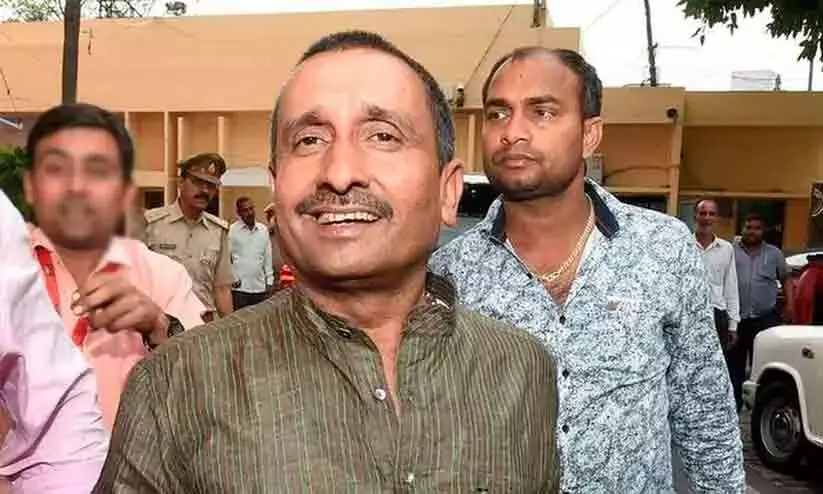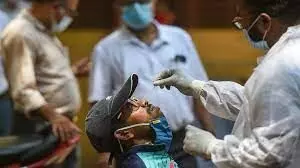
IIT scientists predict second-wave to peak by mid-May
text_fieldsAccording to a mathematical module devised by IIT scientists from Kanpur and Hyderabad, the second wave of COVID-19 in India may peak between May 11-15 with 33-35 lakh active cases. They predict this surge to decline steeply by the end of May.
Applying the 'Susceptible, Undetected, Tested (positive), and Removed Approach'' (SUTRA) model, the scientists have said that Delhi, Haryana, Rajasthan and Telangana may see new cases by April 25-30, while Maharashtra and Chhattisgarh might already have reached their peak in new cases.
"We have found that there is a reasonable chance that the active cases in India could peak sometime between May 11-15 with 33-35 lakh cases. It is a sharp slope, but on the way down, it would likely be equally sharp, coming down very fast and by end of May may see a dramatic reduction," Manindra Agrawal, professor at the Department of Computer Science and Engineering, IIT-Kanpur.
Noting the several features of the SUTRA model, the scientists say in the as yet unpublished study that the new model also accounts for a fraction of asymptomatic patients who could also be detected due to contact tracing and other protocols.
The mathematical modelling approach had earlier predicted a peak by April 15, which did not come true.
"The parameters in our model for the current phase are continuously drifting. So it is hard to get their value right," said Mr Agrawal. "Even a little bit of change each day causes the peak numbers to change by several thousand," he explained.
The model, which is sensitive to the daily infection data, employs three parameters to predict the course of the pandemic.
"The first is called beta, or contact rate, which measures how many people an infected person infects per day. It is related to the R0 value, which is the number of people an infected person spreads the virus to over the course of their infection," Mr Agrawal explained. The other two parameters are 'reach'', which is a measure of the exposure level of the population to the pandemic, and 'epsilon'' which is the ratio of detected and undetected cases.
However, Gautam Memon of Ashoka University warns, "Any excessively precise prediction, of a peak within just a five-day window, would ignore the many uncertainties associated with the inputs to any such calculation."























